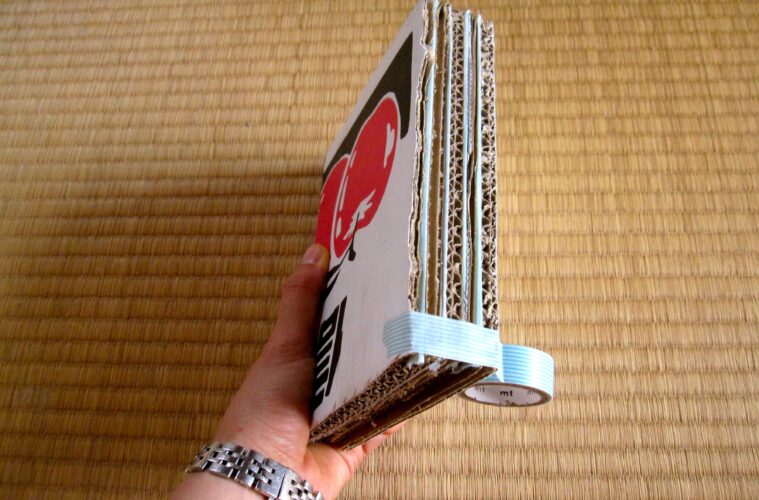Many people do a lot of online shopping for the holidays or, in general, leaving homes with cardboard boxes that no one is sure what to do after the delivery. Honestly, when you think about it, there’s a lot of cardboard in the household overall besides delivery boxes.
These can include pizza containers, cereal packages, and everything processed; almost anything you buy has some sort of cardboard in the packaging to make it sturdy. People use the material because it’s lightweight, relatively affordable, and versatile.
It makes up a primary component of the waste market worldwide, but it is highly recyclable once removal specialists like those from Ridly to pick it up for disposal. Once the material has gone through the recycling process, it is readily available to reuse for its same purpose time and again, making it exceptionally friendly for the environment.
What Are Varied Types of Cardboard Waste
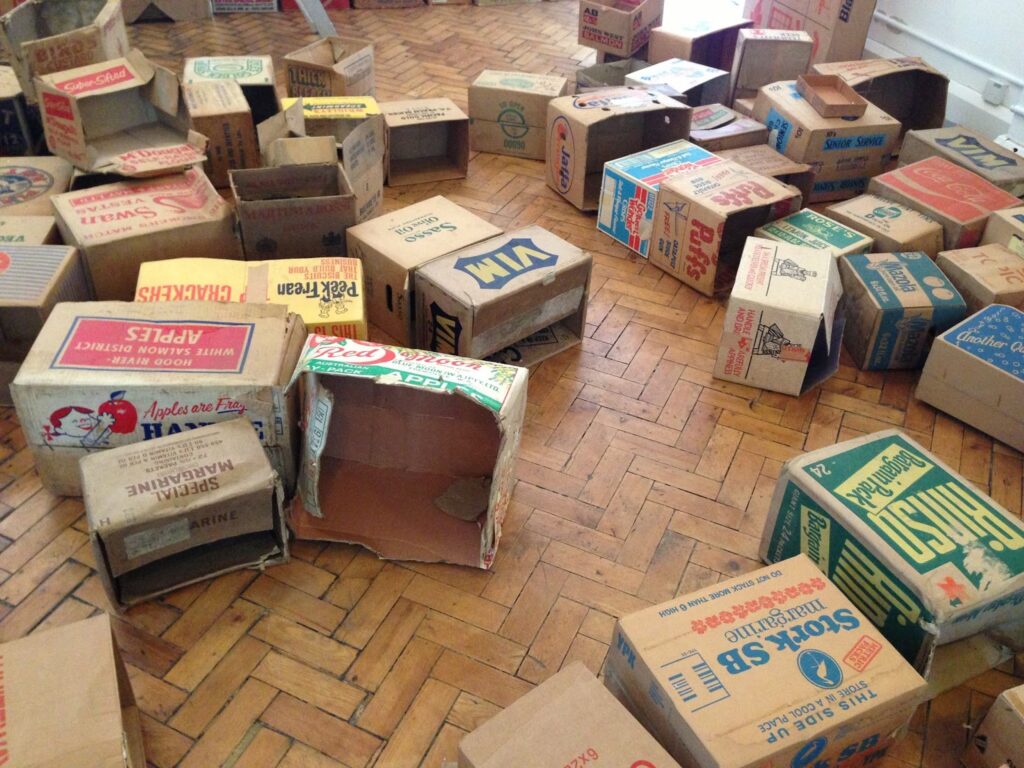
source: pinterest.com
Cardboard appears everywhere in each delivered parcel, all food packaging, and any product to make it sturdier; there’s always at least a piece of cardboard somewhere that needs to be disposed of. Most of these pieces fall into two standard categories of either corrugated or paperboard.
Each of these has a unique purpose and is produced with materials that differ slightly. That also means that they are treated somewhat differently with individual recycling processes. Let’s look at each type.
The corrugated material
This is a thicker material most commonly found within boxes. The two outer sheets are thin, smooth pieces that “sandwich” the corrugated wavy, thick piece in between in a sort of three-ply application. These can also consist of a few layers of thin sections and corrugated parts, making them a more durable, strong construction.
Boxes like these are used for moving or packing materials for transporting. When recycled, the corrugated materials become thinner with each process. This is due to the fibres growing shorter with the materials holding them together. At the point these are too short to produce corrugated material, a change occurs.
Instead of creating corrugated cardboard with the shortened material, the thinner material is used to develop the paperboard.
The paperboard material
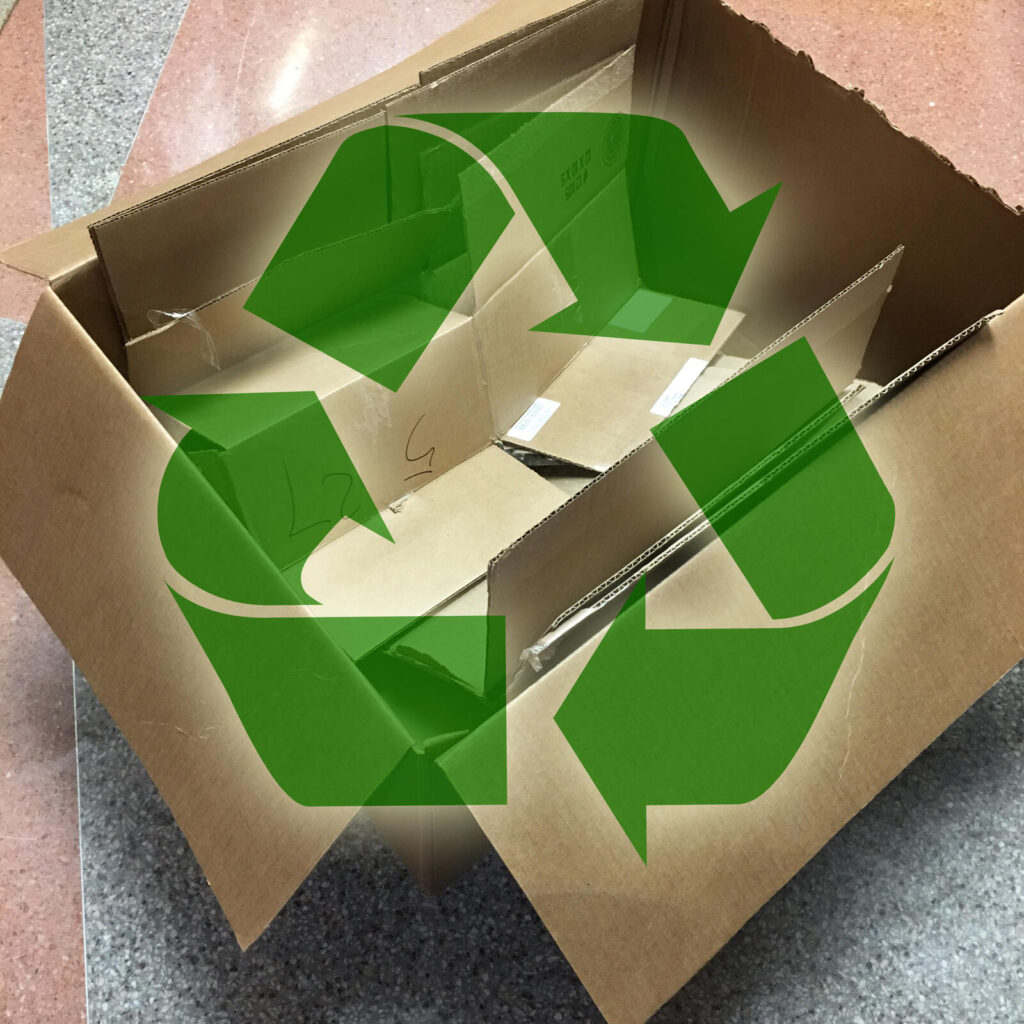
source: pinterest.com
Paperboard is also known as chipboard or fibreboard. This is generally a single layer of a sort of grey-coloured board recycled from cardboard. Paperboard’s single-ply nature creates an image reminiscent of standard paper, only somewhat sturdier and a touch thicker.
It is indeed less strong than corrugated cardboard making it simple to rip, bend, or fold. The uses range from product packaging to varied other consumer staples like notepad backs. Plus, in its thinnest form, food packages like cereal or processed food boxes, even paper towels or toilet paper rolls.
What Should Consumers Do with Cardboard That Accumulates
While cardboard is almost entirely recyclable, the material still accounts for a great deal of the rubbish removed that ends up in the landfill. One thing to keep in mind is that you can reduce your waste by reusing your cardboard once packages are delivered, or foods have been consumed.
Instead of tossing out the boxes or packages for waste or even recycling them, you can reduce your impact on the environment by re-purpose, re-purposing the cardboard into something sustainable around your household. Consider some of these suggestions.
Delivery boxes can be reused for storage
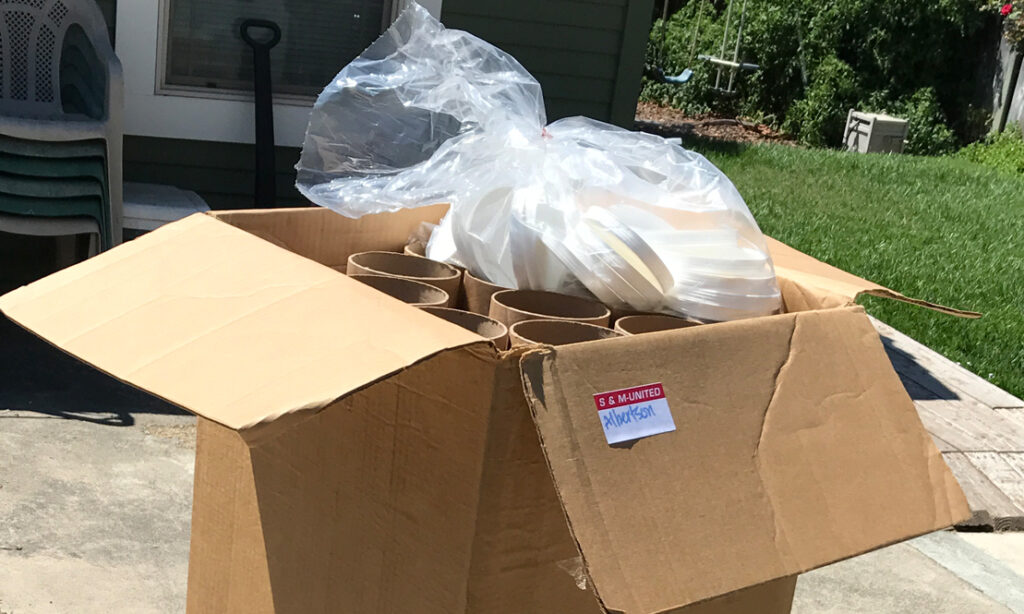
source: pinterest.com
Extra storage is among the most practical purposes for delivery boxes and is necessary for most homes. Suppose these cardboard boxes are in relatively good shape or have the capacity to be refurbished.
In that case, you can use these to store seasonal clothing or decorations, fold and save them for moving or sending holiday packages to those who live a distance. Some people use boxes to wrap strings of things around to keep them untangled, like extension cords, holiday or string lights, garlands, cables, and so on.
Gardeners have a few purposes for reusing cardboard
Many gardeners will use folds of cardboard to kneel on when working in their garden beds. It makes a sort of cushion when you’re stuck in one position on the ground, weeding, seeding, mulching, or pruning in a bed.
You can also divide a box and use the sections for seedling trays. These can hold as many as 20 seedlings or so before the plant is ready to go into the ground.
The material is a good option for weed control. It’s referenced as “sheet mulching.” After soaking the pieces in the water, a gardener will lay them flat in an area infested with weeds, followed by a layer of soil.
The cardboard smothers the weeds as it disallows them from receiving sunlight preventing nutrients and growth. The environmentally friendly technique traps moisture, conserving water, plus it feeds the soil as it and the weeds begin to break down.
Once cardboard gets wet, you can’t recycle the material. At least that’s a rule of thumb with the recycling centres. Any moist or wet pieces must be cut away, or the entire piece will be tossed into the landfill.
Cardboard is ideal for arts and crafts for people of all ages
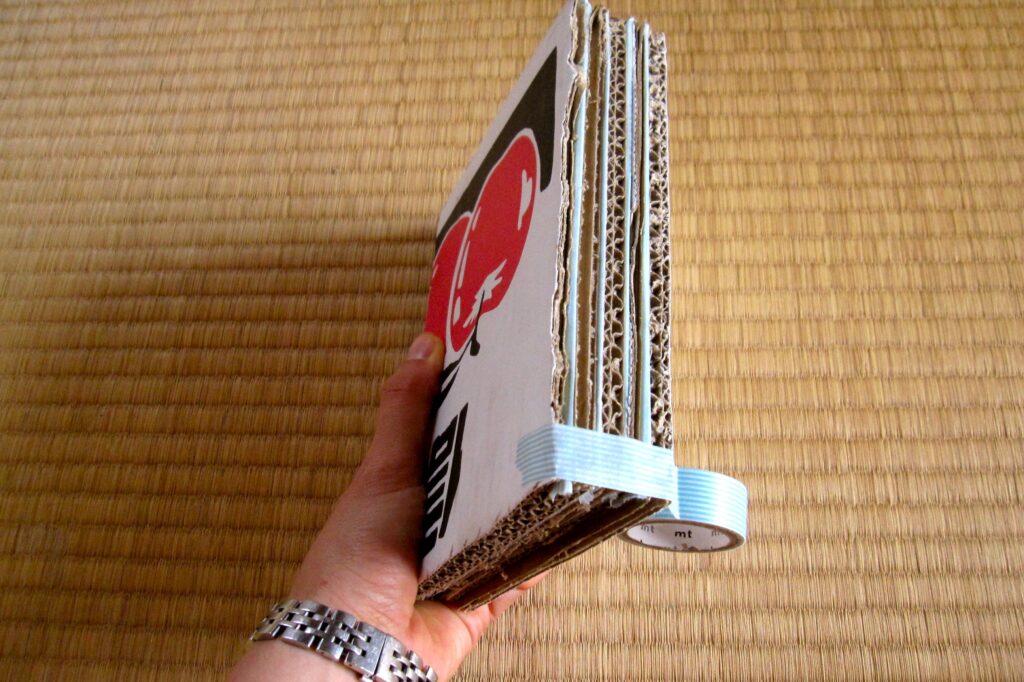
source: pinterest.com
Not only can you create art with pieces of cardboard or use it as a backing for works, but the boxes and containers can also be used to store your supplies. There are several ways this material can be used for a creative, such as a palette when painting, to cover the floor when refinishing a piece of furniture, and the list could go on.
How Can Cardboard Be Recycled
Most types of cardboard should be recyclable, but not all can be. It’s up to you to ensure it’s suitable for recycling once the removal specialists haul it to the facility. You’ll need to become familiar with the restrictions so you can prepare.
Any cardboard with remnants from food, like oils on pizza boxes or cardboard with cleaning substances soaked into it, shouldn’t be tossed into the rubbish removal bin for recycling, nor should anything be moist or wet.
These chemicals or substances are challenging to separate from the paper fibres, thus compromising the material and contaminating the entire process. If you have cardboard that has become wet, cut that part away before putting it out for removal.
If the rest hasn’t been damaged, it can still be recycled. If remnants of anything remain in the material or moisture runs along the entire piece, it must be tossed in the waste bin. Click here for a guide on cardboard recycling.
Final Thought
A cardboard collection is the most environmentally friendly thing a household can enlist. There are so many varied pieces of cardboard that come in packages, parcels, rolls, and products that are like-new after use and can be reused for so many different purposes.
If you can’t find a way to re-purpose, or re-purposing the pieces, you must contact your cardboard collection service in Sydney to come collect the material so it can be recycled and reused.
Cardboard is exceptionally recyclable, almost down to the point of thick paper. Who knows; you could end up with it in another form and be wholly unaware after it’s been recycled.

